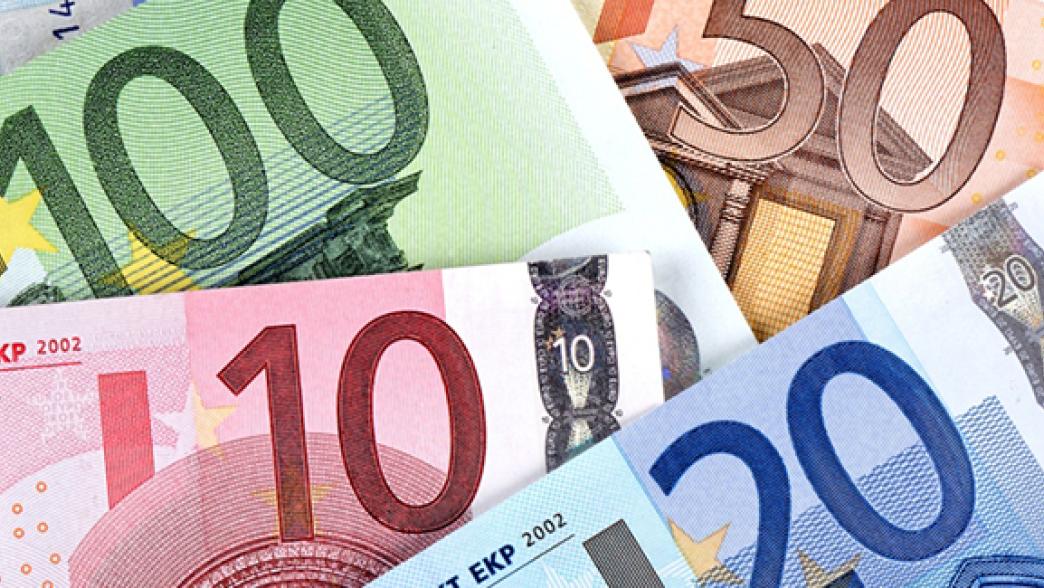Brexit deal: the financial settlement
The divorce bill is the amount the UK has agreed to pay in settlement of its outstanding liabilities when its leaves the EU.

What is the EU divorce bill?
The Brexit negotiations involves two stages. The first phase concluded with the Withdrawal Agreement and Political Declaration on a framework for the future relationship. The Withdrawal Agreement covered citizens’ rights, a transition period, the means to avoid a hard border on the island of Ireland, and what is known as a ‘divorce bill’.
As a member state, the UK made annual contributions to the EU budget. The divorce bill is the amount the UK has agreed to pay in settlement of its outstanding liabilities when its leaves the EU.
What was under negotiation in the EU divorce bill?
The EU is an organisation with assets and liabilities. The EU has been clear that the UK was expected to pay off its share of the liabilities when it leaves the bloc. The initial discussions covered both contributions due under the current multiannual financial framework (EU budgets are in seven-year chunks, and the current one ends in December 2020); amounts outstanding from earlier commitments but due after the end of the multiannual financial framework (so-called reste à liquider); and contributions to future liabilities of the EU – in particular, pensions to EU civil servants as well as some loans the EU has made, for example, to Ukraine.
On the assets side, the most notable asset was the UK’s capital share of the European Investment Bank. The EU initially asked that the UK settle upfront in a lump sum. The detail of all the headings that the European Commission put on the table is set out in its working paper Essential Principles on Financial Settlement, published on 24 May 2017. Reports from Brussels suggested that the Commission’s original position was toughened up by the EU member states in internal discussions to include, for example, continued support for Common Agricultural Policy payments.
The December Joint UK-EU report showed that both sides had agreed a methodology for working out what the UK would pay – and that those payments would be made in advance as they fell due rather than settled in one go.
How much will the UK pay?
The deal in December 2017 did not contain an exact figure, though at the time, UK officials estimated a potential bill of £35–39 billion (bn).
The UK’s Office for Budget Responsibility (OBR) set out detailed estimates of what the UK would pay in its Economic and Fiscal Outlook report, published alongside the chancellor’s spring statement. That set out a total bill of €41.4bn (£37.1bn), extending out to 2064 as pension liabilities fall due.
But it also makes clear that around half consist of payments the UK will make during the transition phase. The Office for Budget Responsibility’s (OBR) latest estimate, based on a departure date of 31 October 2019, of the bill was around £32.8bn to account for the payments the UK continued to make as it stayed a member of the EU. As the UK did not leave until 31 January 2020, this will be reduced further.
The OBR estimated that the majority of this will be paid by 2023/24 with relatively small amounts paid up until 2064.
Is there a Brexit dividend?
The OBR makes it clear that the UK payments under the divorce settlement are significantly lower than the UK’s continued net contribution would have been if we had remained a member. But it also notes that these numbers do not tell the whole story, because:
- Ministers have committed to replace funding where there are currently receipts from EU programmes: the UK currently receives £3bn from the Common Agricultural Policy but also money from structural funds and science research programmes. Those commitments are time-limited but are unlikely to cease completely now the UK has left the EU.
- The UK may negotiate participation in EU agencies and programmes after Brexit. Those would come at a price yet to be negotiated. The OBR notes that in 2016 the cost of UK participation in Erasmus (student exchange), Creative Europe and Horizon 2020 was £2bn.
The UK will incur other costs as a consequence of Brexit:
- The UK will incur continuing costs of running the new post-Brexit regimes for customs and EU migration. The then chief secretary to the Treasury announced an allocation of £1.5bn for Brexit preparations in 2018–19, the bulk of which was to prepare the border.
- If the UK decided not to participate in EU agencies, it would bear the costs of setting up new agencies – though most of the running costs would be recouped from business.
As the OBR notes, the final factor is that any deterioration of economic performance as a consequence of Brexit will have a significant impact on the public finances. The long-term analyses produced by the government in November 2018 suggested that a free trade agreement would reduce GDP by 4.9%, compared to where GDP would have been if the UK had remained a member of the EU.
Could we walk away without paying?
The EU and the UK have both now ratified the Withdrawal Agreement and the UK left the EU with a deal on 31 January 2020. Compliance will be overseen by the governance arrangements set out in the agreement.
- Topic
- Brexit